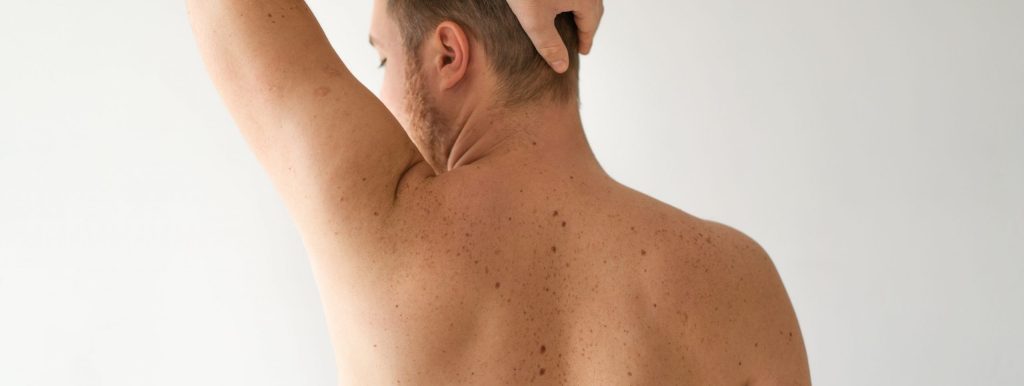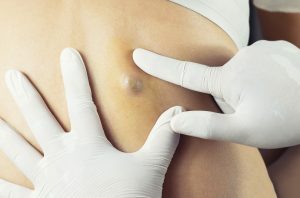What are warts & verrucas?
Warts and verrucas are small, rough lumps which grow on the skin. They can be found anywhere on the body, but are commonly found on the hands and feet. If found on the soles of the feet they are called verrucas.
What do warts and verrucas look like?
Warts can often look like little cauliflowers. They are usually white /grey or light brown in colour. Verrucas on the sole of the foot are often white coloured with a surrounding yellow colour and with black dots in the centre.
What causes warts and verrucas?
They are caused by a virus called HPV (Human Papilloma Virus). They are extremely common and can be painful, especially when on areas under pressure, for example the feet – especially when you are walking.
Who gets warts and verrucas and are they common?
1 in 10 people in the UK have warts and it is really common in children with 1 in 3 children or young people having them.
Are warts contagious?
Yes, though the risk of passing them to others is small. The risk of infection spread is increased if you touch the wart and then touch other areas of your body. If your skin is damaged or wet this may increase the likelyhood of spread e.g. in swimming pools and communal washing areas. If you have a poor immune system or take medicines which suppress your immune system you may develop lots of warts, which can be more difficult to clear.
How can you reduce the chance of spreading warts onto others?
- Don’t share towels
- When swimming, cover your warts or verrucas with a plaster
- Wear flip-flops in communal areas like showers and do not share socks or shoes if you have verrucas
How can I treat warts?
If they are not causing any problems, you can leave them alone. Most will often resolve themselves but may take several months or even years to clear.
Over the counter treatments
Warts can be treated with salicylic acid. This treatment comes in the form of a paint, lotion or plaster. You can buy it from a pharmacy and it is applied to the wart. It often needs to be applied for a few months and works by removing the top layer of skin.
Cryotherapy
Freezing warts is often an effective method. Liquid nitrogen is commonly sprayed onto the wart. This may cause pain, redness and blistering, though this is usually temporary. The wart may be treated a few times within the same appointment. You may need to have 4 – 6 sessions of treatment to clear the wart, though in some cases more sessions may be required. Treatment sessions are normally at least 2 weeks apart.
You can buy freezing treatments over the counter but they seem to give less of a freeze and may not be as effective.
Minor surgical procedure
Warts can be removed surgically in a process called curettage. A small amount of anaesthetic is injected into the skin to numb the area and then the wart is “scraped” or “shaved” off, often with a small surgical instrument called a curette. A dressing is then applied for 2 days and you will be asked to keep the area dry.
Is your warts & verrucas removal near me?
We serve patients from Berkshire, Buckinghamshire, Oxfordshire, London and are within easy reach of:
Ascot – Beaconsfield – Bracknell – Bray – Cookham – Henley – Maidenhead – Marlow – Reading – Sonning – Slough -Stoke Poges – Sunningdale – Wentworth – Windsor













